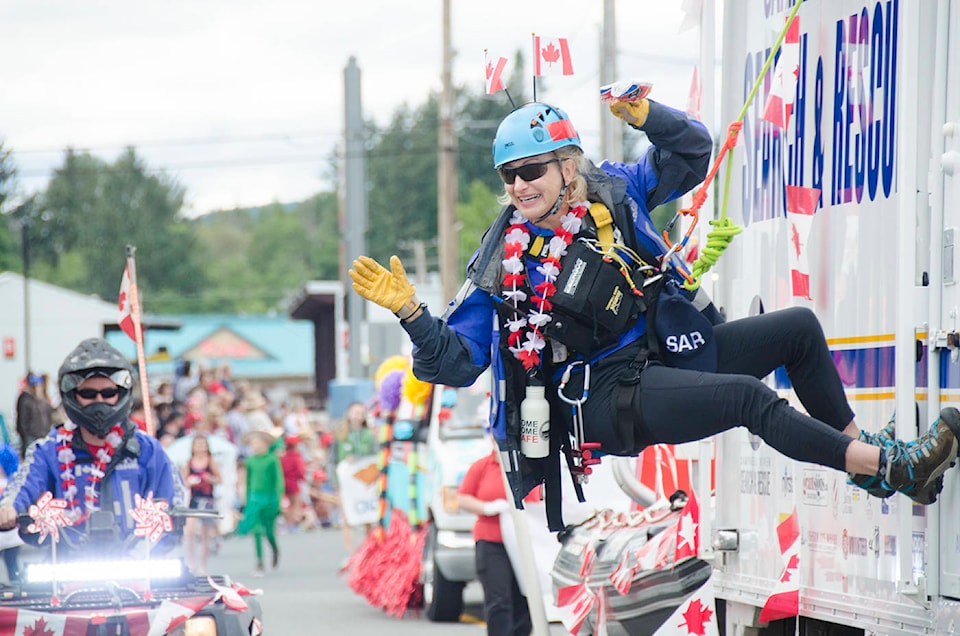Campbell River Search And Rescue (CRSAR) has been busy the last week or so.
On Tuesday, they responded to a situation on the Campbell River where a group of floaters needed help after being caught up on the logging bridge.
RELATED: Rescue on the Campbell
The group was called into action again on Wednesday night last week to provide a medical evacuation of an injured hiker on the Elk River Trail in Strathcona Park.
“We received a call from the Nootka Sound RCMP that a hiker on the Elk River Trail was in need of a medical evacuation due to a burn injury he had suffered while hiking,” the report by CRSAR manager Grant Cromer says. “Initial reports indicated a male subject had received burns to his legs and feet after a cooking accident while camping along the Elk River Trail. After some phone calls we were able to establish third party communications through an InReach satellite communication beacon, this allowed us to communicate with the people directly on scene caring for this individual.
The man was part of a larger hiking group that met with another large hiking group that had an InReach device and passed on his medical status to an outside source, Cromer says, but “due to the late time of the call we were grounded for a helicopter evacuation that night,” and sincee they had established that the man was stable and treatment was being provided by personnel on scene, the rescuers scheduled a rescue response for first light the following day.
Cromer says as far as trail rescues go, this one was pretty typical. In fact, they had landed helicopters at the very same site “at least four times in the past two years.”
“Having said that, routine often turns into an unexpected rescue scenario,” Cromer says. “We never truly know what we are going into, often communication is spotty, we receive the wrong or outdated information and we never know what the terrain profile will be. The helicopters we use are in the intermediate range for size so they can get into some pretty tight spots but trees, uneven terrain and weather all play into the use of a helicopter for rescue, we monitor all our crews by satellite tracking and have constant communication no matter where they are in BC.”
And communication, Cromer says, is key. He encourages the public to get themselves a two-way beacon if they are heading out, as this greatly improves the chances SAR can be efficient in a rescue operation should one be needed.
He also encourages people to check out the AdventureSmart website at www.adventuresmart.ca before they head out on any backcountry recreation outing.
“It has a wealth of trip information and planning details that may save your life,” Cromer says. “With the innovations coming in regards to technology there are many affordable option for communications, from sat phones to two way beacons, for those going into the deep backcountry these communication items are a must, the only way to get a call for help out is with one of these devices.”
